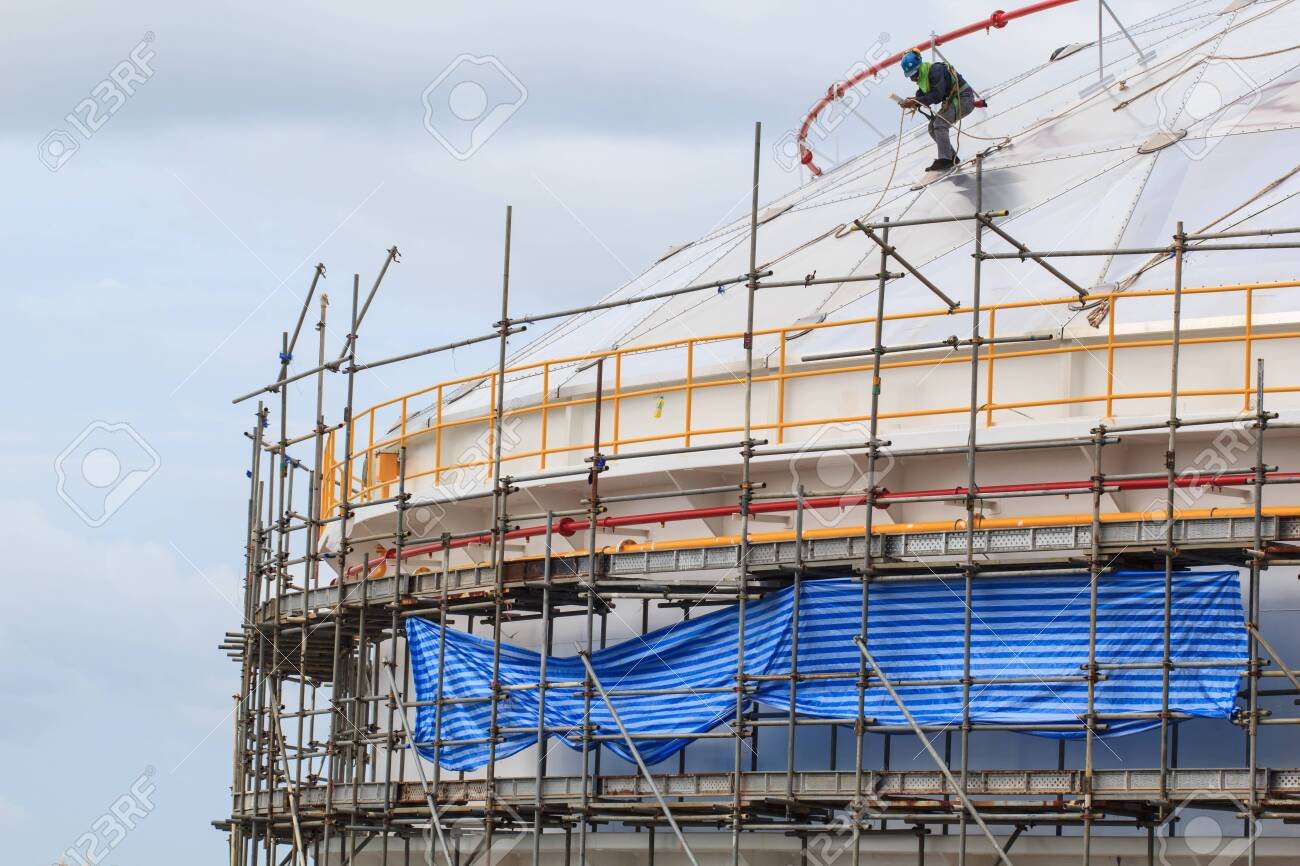Fire Suppression Tank Maintanence
- Introduction to Fire Suppression Tanks
- Benefits to Fire Suppression Water Tanks
- Fire Water Tank Sizing and Design Considerations
- Types of Fire Suppression Water Tanks
- Fire Water Tank Compliance with Regulations and Standards
- Fire Water Tank Maintenance and Inspection Guidlines
- Fire Water Tank Frequently Asked Question
Fire Water Suppression Tank Maintenance
Ensuring the safety and reliability of firewater suppression tanks is paramount to safeguarding lives and property during emergencies. These tanks, also known as fire suppression or sprinkler tanks, play a crucial role in fire safety systems. Proper maintenance not only ensures their functionality but also extends their lifespan, reducing long-term ownership costs. The choice of the correct tank material is a critical aspect of this process, as it can significantly impact maintenance needs and total cost of ownership.
Why Fire Tank Inspection Matters
Regular inspection of firewater tanks is essential to their performance. Here's why it matters:
-
Safety Assurance: Faulty tanks can lead to inadequate water supply during a fire, risking lives and property.
-
Regulatory Compliance: Local and international building codes often mandate regular inspections for compliance.
-
Cost Savings: Timely inspections and maintenance identify issues that may affect the tank's lifespan, saving costs over time.

Best Practices for Fire Tank Maintenance
During routine fire tank inspections, several common issues often surface. These frequently encountered problems include corrosion on tank surfaces and components, minor leaks in valves or pipes, sediment buildup within the tank, and wear and tear on crucial components like pumps and valves. Identifying and addressing these issues promptly is crucial to maintaining the tank's optimal performance and ensuring its readiness for firefighting purposes. Regular inspections are the key to catching these common issues early, preventing more extensive damage, and ultimately upholding the safety and effectiveness of firewater suppression systems.
Maintaining fire safety tanks is an ongoing effort. Follow these best practices for effective maintenance:
-
Establish a Maintenance Schedule: Create a consistent inspection schedule to promptly identify and address issues.
-
Comprehensive Inspection: Inspect not only the tank but also its components, such as valves, pipes, and pumps.
-
Documentation: Maintain records of inspections, repairs, and maintenance activities to track the tank's condition and address recurring issues.
-
Thorough Inspections: Examine both the external and internal parts of the tank for corrosion, leaks, and cracks.
-
Follow Manufacturer's Guidelines: Adhere to the manufacturer's guidelines for maintenance to maintain warranty specifications.
Inspection Guidelines for Fire Tanks
To ensure safety and reliability, incorporate these aspects into your inspection guidelines:
- Visual Inspections: Regularly check for external damage or deterioration.
- Water Quality Testing: Test the water for contaminants and pH levels.
- Valve and Pump Testing: Periodically test valves and pumps for proper functionality.
- Interior Inspections: Empty and inspect the tank internally at least once every five years or as recommended by the manufacturer.
Fire Tank Maintenance Schedule
The frequency of inspections and maintenance may vary based on tank type, size, and local regulations. However, a general guideline is as follows:
- Daily: Monitor water levels, valves, and pumps.
- Weekly: Perform a visual inspection of external tank parts.
- Monthly: Check valves for leaks and inspect pipes for corrosion.
- Quarterly: Conduct a thorough inspection of the tank's interior and exterior.
- Annually: Perform a comprehensive inspection, including component checks, tank cleaning, and necessary repairs.
Note that specific schedules may differ based on manufacturer recommendations and local regulations.
Proactive Measures for Longevity
In addition to regular maintenance, consider these proactive measures to extend the life of fire safety tanks:
-
Routine Cleaning: Regularly clean both the tank's interior and exterior to prevent corrosion and debris buildup.
-
Inspect Suppression Systems: Maintain connected fire suppression systems, including checking for leaks, ensuring proper water flow, and testing components.
-
Water Quality Monitoring: Regularly assess water quality and conduct necessary treatments, such as disinfection, to prevent corrosion and maintain tank integrity.
-
Timely Repairs: Address any signs of damage promptly, including cracks, leaks, damaged pipes, or other issues found during routine inspections.
By following these maintenance practices and considering the appropriate tank material, you can ensure the reliability and longevity of your firewater suppression tank while minimizing total ownership costs. For guidance on selecting cost-effective solutions, One Clarion is here to assist you.
Call 772-205-6303
For immediate assistance, call: 772-205-6303 during business hours are Monday to Friday, from 8am to 5pm (Eastern Time). Rest assured that a knowledgeable and friendly team member will respond to your inquiry as quickly as possible within these hours.
About One Clarion
One Clarion is a privately held family-owned business that supplies liquid storage solutions and environmental technical products.
Based in Florida, our dedicated team has in-depth knowledge about water trailers to help supply our customers with the right water trailer product. But we do more than just sell water transport products. Customer service is important to us. We never seek to be a company that is simply transactional—we work with you to fully understand your needs to best help you in your situation today and in the future.
What We Do
One Clarion partners with trusted liquid storage vendors to supply you with some of the most well-known brands and products on the market. We provide water trailers, tank sprayers, fuel trailers, liquid storage tanks, fuel trailers, and numerous trailer accessories. If you need a construction trailer, water sprayer or Generac generator, you'll find that here too.
